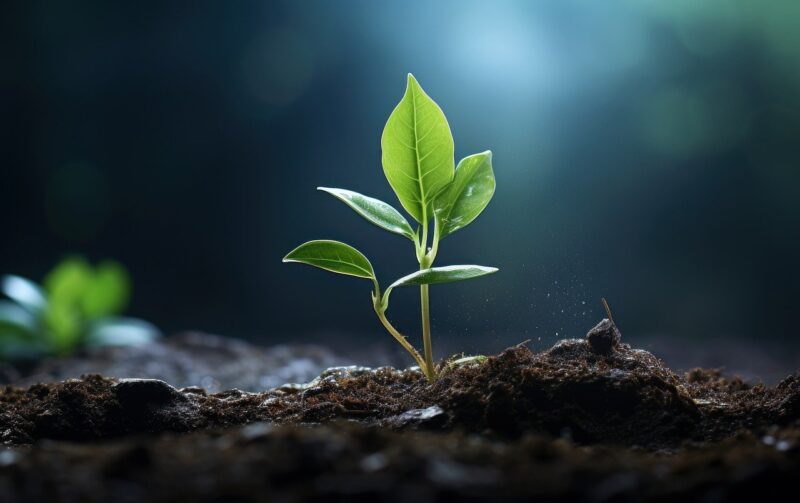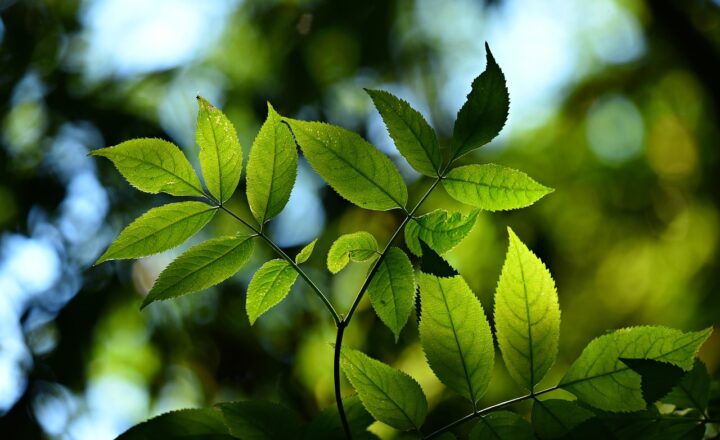The Impact of Space Travel on Plants and What We’re Learning from Experiments
November 12, 2024

As humanity ventures further into space, understanding how living organisms respond to cosmic environments is more crucial than ever. Plants, the foundation of terrestrial ecosystems, play a vital role in life support systems for long-duration space missions and future colonization of other planets. This article explores the fascinating effects of space travel on plants and the vital lessons we are learning through various experiments conducted in microgravity.
1. The Importance of Plants in Space Exploration
Plants are not only essential for maintaining oxygen levels and providing food during long space missions, but they also play a significant part in enhancing the psychological well-being of astronauts. Growing plants in space can help create a more Earth-like environment, thereby boosting morale in confined settings. However, the transition from Earth to space poses unique challenges that affect plant growth.
2. How Microgravity Affects Plant Growth
Microgravity significantly alters biological processes, which can lead to unique adaptations in plants. Unlike on Earth, where gravity is a constant force acting on plants, in space, the absence of gravitational pull requires plants to adjust their growth mechanisms.
- Root Orientation: On Earth, roots grow down due to gravity, a phenomenon called gravitropism. In microgravity, plants exhibit a diminished ability to sense gravity, leading to roots growing in unexpected directions. Scientists have observed that plants can adapt by relying more on light cues (phototropism) and moisture to guide their growth.
- Water Movement: In low gravity, water behaves differently. Instead of flowing downwards, water forms spheres and adheres to surfaces, making it more challenging for plants to absorb moisture through their roots. This has prompted research into creating specialized watering systems for growing plants in space.
- Cellular Processes: Microgravity also influences gene expression and cellular structures. Studies have shown changes in cell division and elongation, resulting in modifications to plant morphology, including stem strength and leaf formation.
3. Key Experiments and Findings from Space Missions
To understand the complex interactions between plants and microgravity, researchers have conducted several experiments aboard the International Space Station (ISS) and other space missions. Here are some significant findings:
3.1. The Veggie Experiment
One of the most celebrated experiments is the Veggie project, which focused on growing edible crops in space. This project has successfully grown various plants such as lettuce, zinnias, and radishes in controlled environments. The Veggie experiment demonstrated:
- Plants grown in space were safe to eat and retained nutritional value, although differences in texture and growth rates were observed compared to Earth-grown plants.
- The use of LED lighting to support photosynthesis enabled successful growth and flowering of the plants in microgravity, revealing the viability of LED technology for future long-term space missions.
3.2. Marty Mouse Experiment
Another pivotal experiment involved observing the genetic responses of plants to microgravity. Researchers analyzed the expression of specific genes during the plant growth cycle in space. They found that microgravity altered the expression of stress-response genes, indicating a potential adaptive mechanism to cope with the unique conditions of space. Understanding these genetic responses can be instrumental in genetically enhancing plants for space habitation.
4. Long-term Implications for Space Colonization
The ultimate goal of studying plant growth in space is to establish sustainable agricultural systems for long-term human presence on the Moon, Mars, or beyond. Here are some implications for future space exploration:
- Food Production: Efficiently growing crops in situ will reduce dependence on Earth for supplies and could provide essential nutrients for astronauts over extended missions. Space-based agriculture will be vital in supporting human life during missions to distant planets.
- Closed-loop Ecosystems: Integrating plants into life-support systems may lead to the development of closed-loop ecosystems that recycle waste into resources, creating a self-sustaining environment for future space settlements.
- Psychological Benefits: Growing plants can provide psychological comfort and a sense of purpose for astronauts. This is especially important during long-duration missions where isolation can affect mental well-being.
5. Challenges Ahead in Plant Cultivation in Space
While researchers have made significant strides in understanding plant growth in space, several challenges remain to be addressed:
- Radiation Exposure: Plants in space are subjected to higher levels of radiation, which could affect growth and development. Investigating how radiation impacts plant biology will be essential for ensuring their viability.
- Nutrient Delivery: Developing effective nutrient delivery systems that work in microgravity is another priority. Researchers are exploring hydroponic and aeroponic systems to deliver essential nutrients without traditional soil methods.
- Space Constraints: As space missions are limited by available space and resources, optimizing plant growth systems to fit compact environments without sacrificing yields remains a challenge.
Conclusion
The research into the impact of space travel on plants has unveiled profound insights into plant biology and adaptation. While challenges persist, the lessons learned from these experiments shed light on future possibilities for sustainable agriculture in extraterrestrial environments. By harnessing the vital role of plants, we can pave the way for successful long-duration missions to Mars and beyond, ensuring that humanity can thrive in the cosmos.
Creating a self-sustaining system utilizing plants will not only support human life but also enhance the overall success of space exploration. As we continue to explore the boundaries of our universe, one thing is clear: plants will play an indispensable role on this exciting journey.







